Student demands are now starting to pop up all across the country in response to a range of issues including racial discrimination in hiring, treatment, education and so forth.
Missouri List of Demands:
Immediate
- We demand that by November 22, 2015, the university issue a public statement that includes the following:
- An acknowledgment of systemic racism in higher education,
- A commitment to differentiating “hate speech” from “freedom of speech,”
- Instituting a zero tolerance policy for hate crimes, and
- An explanation for moving Multicultural Services from the Division for Diversity & Inclusion to the Division of Student Affairs.
- We demand that all plans for the Diversity Center be published in the Standard, in Plaster Student Union, and in its designated space on campus by December 1, 2015.
- The official name of the office should be: Mary Jean Price-Walls Center of Diversity.
- We demand that Dominiece Hoelyfield be named Interim Director of the MRC until this position is permanently filled.
- Alongside Dominiece, a Cultural Coordinator of, ethnic background, should be recruited (from outside Missouri State University) and hired to work in the new Diversity Center.
- The construction of any of new buildings associated with or dedicated to diversity should be published on the university’s 10-year plan. The Office of University Advancement is responsible for funding all related projects.
- The Multicultural Resource Center should be left in tact during and after all construction projects related to diversity. This center is a tremendous asset to minority students.
- We demand that all Multicultural Services be placed under the complete jurisdiction of the Division for Diversity & Inclusion by the beginning of the Spring 2016 semester.
- Given that Multicultural services are governed by the Division of Student Affairs, the current administration is incompatible with the needs of students of color.
- Last year, Multicultural Services was moved from the Division for Diversity & Inclusion to the Division of Student Affairs. This move has been marketed to students as “beneficial”; however, it has only allowed for negligence toward the concerns and needs of minority students by ill equipped faculty.
- Multicultural Services is only one of the seven subsets of Student Affairs.
- Access to funding is limited.
- This paradigm allows for issues in visibility, representation, and power.
- Because the Division for Diversity & Inclusion in currently involved in few programs, Multicultural Services will be priority under this division.
- General functions, as defined by the Human Resources Department, justify the reorganization of these divisions.
- Vice President of Diversity and Inclusion: Promote consistency of diversity processes to positively impact student development.
- The Vice President for Diversity and Inclusion maintains strong collaborative working relationships among senior executives, faculty, students, staff, external constituents, and builds teams that function effectively.
- We deem it imperative that the Vice President reacquire this responsibility under the Division of Diversity & Inclusion.
- Vice President for Student Affairs: chief student-personnel officer of the University and advises the President on all matters pertaining to non-academic student life. Vice President of Student Affairs also promotes positive student relations by maintaining effective lines of communication with student leaders serving as a strong advocate for the non-academic, extracurricular, and co-curricular needs of students.
- The lack of communication regarding plans for the Diversity Center and for filling the Multicultural Resource Center & Programs Executive Director vacancy renders the current definition of VP ineffective.
- Students who utilize the Multicultural Resource Center (MRC) are unaware of the relationship between the Vice President of Student Affairs and the MRC.
- Assistant Vice President for Multicultural Services: Provide leadership and support for the establishment and administration of multicultural student recruiting initiatives and the development and administration of departments and programs that serve the needs of multicultural and diverse student populations.
- Under the current Student Affairs hierarchy, the Assistant Vice President has neglected multicultural students, and actively hindered the development of multicultural student organizations and programming.
- When entering the MRC, the Assistant VP makes no attempt to address the Black students, who utilize the center the most.
- The Assistant Vice President has openly expressed negative and discriminatory views about students of color, both inside and outside of the MRC, to other faculty and students; therefore, perpetuating negative stereotypes.
- Vice President of Diversity and Inclusion: Promote consistency of diversity processes to positively impact student development.
- We demand that the university request an audit from an outside party, and present a budget for all Multicultural services by the end of March 2016.
- This audit shall include, but is not limited to:
- The “Multicultural Assistant Grant,”
- And the last five fiscal years up to Fall 2015.
- The audit and budget should be published to the university website in laymen’s terms and made easily accessible to all interested persons. This audit should:
- Enumerate the channels of income for Multicultural services,
- Break down departmental budgets (i.e. Trio, Access Programs, and Multicultural Programs),
- Allow an account for the “leftover money” being used to complete the Diversity Center as well as
- Document the creation, restructuring and subsequent departmental shift of Multicultural Services from the Division of Diversity & Inclusion to the Division of Student Affairs.
- This audit shall include, but is not limited to:
- We demand that this list of demands be placed in the The Long-Range Plan which is defined on the Missouri State University’s website as a guiding document that charts Missouri State’s path toward achieving its mission. The University utilizes its Long-Range Plan to decide how to allocate resources, determine what initiatives should be pursued, expanded and dissolved, and to make other strategic decisions.
- The demands fulfill the defined purpose of the Long-Range Plan.
- We demand the establishment of a mandatory Diversity Curriculum for administration, faculty, staff and incoming students starting with academic year of 2016-2017 in perpetuation.
- This curriculum should
- Be designed by students, administration, and faculty,
- Require real-life application of the university’s pillars, and
- Highlight the cultural climate of the university.
- Classes are to be seated only and discussion-based.
- This curriculum should
- We demand an increase in ethnically diverse staff and students that accurately reflects our nation’s demographics within the next five years.
- The number of staff and students should always be congruent with one another with the number of ethnically diverse staff leading.
- This will not only assist in an increase in retention rates but actively combat the negative climate on campus.
- Interview panels should be conducted by ethnically diverse persons.
- The number of staff and students should always be congruent with one another with the number of ethnically diverse staff leading.
- We demand that the Student Diversity Task Force be comprised, primarily, of racial, ethnic and sexual minorities.
- We demand a redistribution of power in Multicultural Services that allow the recruitment of more diverse staff.
- We demand majors of sufficient substance that accurately reflects the history, culture and perspective of underrepresented people in America.
1) An ethnic studies distributional requirement for all Yale undergraduates and the immediate promotion of the Ethnicity, Race & Migration program to departmental status
a. The promotion of Native American Studies, Chicanx & Latinx Studies, Asian American Studies, and African Studies to program status under the ER&M department.
b. Curricula for classes that satisfy the ethnic studies distributional requirement must be designed by Yale faculty in the aforementioned areas of study
2) Mental health professionals that are permanently established in each of the four cultural centers with discretionary funds
a. More mental health professionals of color in Yale Mental Health.
3) An increase of two million dollars to the current annual operational budget for each cultural center.
a. Five full-time staff members in each of the cultural centers
b. Additional emergency and miscellaneous funds from the provost’s office to support the needs of first-generation, low-income, undocumented, and international students
4) Rename Calhoun College. Name it and the two new residential colleges after people of color.
a. Abolish the title “master”
b. Build a monument designed by a Native artist on Cross Campus acknowledging that Yale University was founded on stolen indigenous land.
5) Immediate removal of Nicholas and Erika Christakis from the positions of Master and Associate Master of Silliman College
a. The development of racial competence and respect training and accountability systems for all Yale affiliates
b. The inclusion of a question about the racial climate of the classrooms of both teaching fellows and professors in semester evaluations.
c. Bias reporting system on racial discrimination and an annual report that will be released to the Yale community.
6) The allocation of resources to support the physical well-being of international, first-generation, low-income, and undocumented students, in these ways, at these times:
a. Stipends for food and access to residential college kitchens during breaks
b. Dental and optometry services implemented as part of the Basic Yale Health plan
c. Eight financial aid consultants who are trained to deal specifically with financial aid application processes of international and undocumented students
The excerpts of the document should reveal a great deal about the organization and their ideas:
TOWARDS AMERICAN DEMOCRACY
1. America must abolish its political party stalemate. Two genuine parties, centered around issues and essential values, demanding allegiance to party principles shall supplant the current system of organized stalemate which is seriously inadequate to a world in flux....
2. Mechanisms of voluntary association must be created through which political information can be imparted and political participation encouraged....
3. Institutions and practices which stifle dissent should be abolished, and the promotion of peaceful dissent should be actively promoted....
4. Corporations must be made publicly responsible. It is not possible to believe that true democracy can exist where a minority utterly controls enormous wealth and power....
5. The allocation of resources must be based on social needs. A truly "public sector" must be established, and its nature debated and planned. At present the majority of America's "public sector", the largest part of our public spending, is for the military... Unless we choose war as an economic solvent, future public spending will be of a non-military nature -- a major intervention into civilian production by the government.... The issues posed by this development are enormous:
- How should public vs. private domain be determined?
- when monopolization seems inevitable, the public should maintain control of an industry;
- How should technological advances be introduced into a society?
- How shall the "public sector" be made public, and not the arena of a ruling bureaucracy of "public servants"?
- America should concentrate on its genuine social priorities: abolish squalor, terminate neglect, and establish an environment for people to live in with dignity and creativeness.
- A program against poverty must be just as sweeping as the nature of poverty itself. It must not be just palliative, but directed to the abolition of the structural circumstances of poverty.
- A full-scale public initiative for civil rights should be undertaken despite the clamor among conservatives (and liberals) about gradualism, property rights, and law and order.
- The promise and problems of long-range Federal economic development should be studied more constructively.
Alternatives to Helplessness
The goals we have set are not realizable next month, or even next election -- but that fact justifies neither giving up altogether nor a determination to work only on immediate, direct, tangible problems. Both responses are a sign of helplessness, fearfulness of visions, refusal to hope, and tend to bring on the very conditions to be avoided. Fearing vision, we justify rhetoric or myopia. Fearing hope, we reinforce despair.
The first effort, then, should be to state a vision: what is the perimeter of human possibility in this epoch? This we have tried to do. The second effort, if we are to be politically responsible, is to evaluate the prospects for obtaining at least a substantial part of that vision in our epoch: what are the social forces that exist, or that must exist, if we are to be at all successful? And what role have we ourselves to play as a social force?...
The broadest movement for peace in several years emerged in 1961-62....The results are political ineffectiveness and personal alienation....Central to any analysis of the potential for change must be an appraisal of organized labor.... As a political force, labor generally has been unsuccessful in the postwar period of prosperity....These threats and opportunities point to a profound crisis: either labor continues to decline as a social force, or it must constitute itself as a mass political force demanding not only that society recognize its rights to organize but also a program going beyond desired labor legislation and welfare improvements....
The creation of bridges is made more difficult by the problems left over from the generation of "silence". Middle class students, still the main actors in the embryonic upsurge, have yet to overcome their ignorance, and even vague hostility, for what they see as "middle class labor" bureaucrats. Students must open the campus to labor through publications, action programs, curricula, while labor opens its house to students through internships, requests for aid (on the picket-line, with handbills, in the public dialogue), and politics. And the organization of the campus can be a beginning -- teachers' unions can be argued as both socially progressive, and educationally beneficial university employees can be organized -- and thereby an important element in the education of the student radical....
The University and Social Change. There is perhaps little reason to be optimistic about the above analysis. True, the Dixiecrat-GOP coalition is the weakest point in the dominating complex of corporate, military and political power. But the civil rights and peace and student movements are too poor and socially slighted, and the labor movement too quiescent, to be counted with enthusiasm. From where else can power and vision be summoned? We believe that the universities are an overlooked seat of influence.
First, the university is located in a permanent position of social influence. Its educational function makes it indispensable and automatically makes it a crucial institution in the formation of social attitudes. Second, in an unbelievably complicated world, it is the central institution for organizing, evaluating, and transmitting knowledge. Third, the extent to which academic resources presently is used to buttress immoral social practice is revealed first, by the extent to which defense contracts make the universities engineers of the arms race. Too, the use of modern social science as a manipulative tool reveals itself in the "human relations" consultants to the modern corporation, who introduce trivial sops to give laborers feelings of "participation" or "belonging", while actually deluding them in order to further exploit their labor. And, of course, the use of motivational research is already infamous as a manipulative aspect of American politics. But these social uses of the universities' resources also demonstrate the unchangeable reliance by men of power on the men and storehouses of knowledge: this makes the university functionally tied to society in new ways, revealing new potentialities, new levers for change. Fourth, the university is the only mainstream institution that is open to participation by individuals of nearly any viewpoint.
These, at least, are facts, no matter how dull the teaching, how paternalistic the rules, how irrelevant the research that goes on. Social relevance, the accessibility to knowledge, and internal openness
- these together make the university a potential base and agency in a movement of social change.
2. A new left must be distributed in significant social roles throughout the country. The universities are distributed in such a manner.
3. A new left must consist of younger people who matured in the postwar world, and partially be directed to the recruitment of younger people. The university is an obvious beginning point.
4. A new left must include liberals and socialists, the former for their relevance, the latter for their sense of thoroughgoing reforms in the system. The university is a more sensible place than a political party for these two traditions to begin to discuss their differences and look for political synthesis.
5. A new left must start controversy across the land, if national policies and national apathy are to be reversed. The ideal university is a community of controversy, within itself and in its effects on communities beyond.
6. A new left must transform modern complexity into issues that can be understood and felt close-up by every human being. It must give form to the feelings of helplessness and indifference, so that people may see the political, social and economic sources of their private troubles and organize to change society. In a time of supposed prosperity, moral complacency and political manipulation, a new left cannot rely on only aching stomachs to be the engine force of social reform. The case for change, for alternatives that will involve uncomfortable personal efforts, must be argued as never before. The university is a relevant place for all of these activities.
But we need not indulge in allusions: the university system cannot complete a movement of ordinary people making demands for a better life. From its schools and colleges across the nation, a militant left might awaken its allies, and by beginning the process towards peace, civil rights, and labor struggles, reinsert theory and idealism where too often reign confusion and political barter. The power of students and faculty united is not only potential; it has shown its actuality in the South, and in the reform movements of the North.
The bridge to political power, though, will be built through genuine cooperation, locally, nationally, and internationally, between a new left of young people, and an awakening community of allies. In each community we must look within the university and act with confidence that we can be powerful, but we must look outwards to the less exotic but more lasting struggles for justice.
To turn these possibilities into realities will involve national efforts at university reform by an alliance of students and faculty. They must wrest control of the educational process from the administrative bureaucracy. They must make fraternal and functional contact with allies in labor, civil rights, and other liberal forces outside the campus. They must import major public issues into the curriculum -- research and teaching on problems of war and peace is an outstanding example. They must make debate and controversy, not dull pedantic cant, the common style for educational life. They must consciously build a base for their assault upon the loci of power.
As students, for a democratic society, we are committed to stimulating this kind of social movement, this kind of vision and program is campus and community across the country. If we appear to seek the unattainable, it has been said, then let it be known that we do so to avoid the unimaginable.
In many ways, the new efforts look like the earlier Black Studies discussions like that in San Francisco State in 1968. But they need not have this limited focus. The newer conversation should consult not just the ones most directly relevant but other efforts as well that were connected with a sense of societal transformation and justice as well as the important role that universities played in such efforts. For programs have already been turned into departments, names have been changed, budgetary allocations have been made and faculty lines established. Remember when Penn State shut down because of racial discrimination and black student activism years ago. These students won approximately a million dollars, a research center and several lines (the institution tried to recruit me for one of them). The question remains, however not just for Penn State but all the efforts up to the present concerning the topic: what did they accomplish? What was the aftereffect of these prior efforts? What world were they supposed to lead to or were they simply supposed to change a few things on college campuses? Now, developing systems of better accountability and enforcement are a new step. Developing adequate as well as equal health care and such are also new(ish) although they actually represent a different variant of reparations to establish as well as sustain racial parity. Let us not forget that universities exist in societies. Let us not forget that students enter these institutions for only a few years before they go out/back into the world. The broader implications of change on college campuses must always be put back in this context and the Port Huron Statement provides one lens to think about what such a vision could look like.
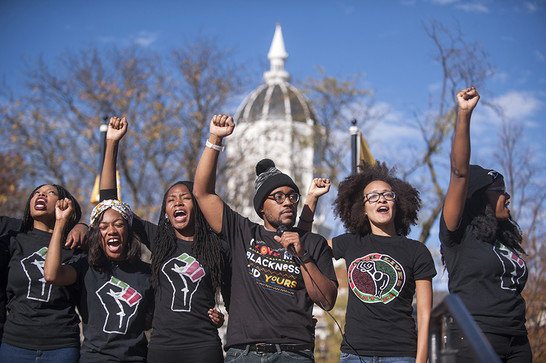
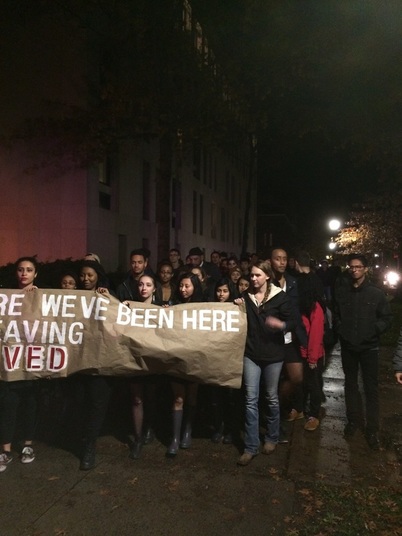
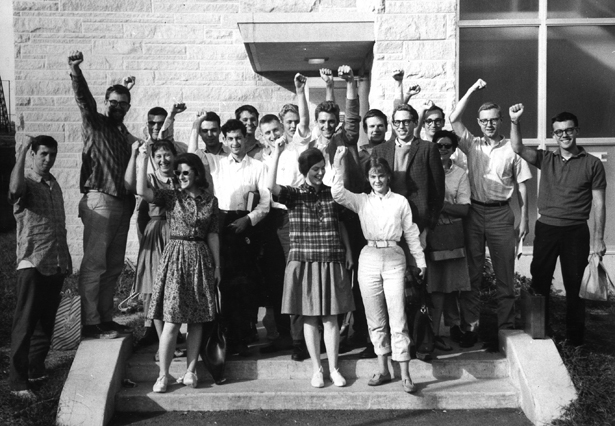
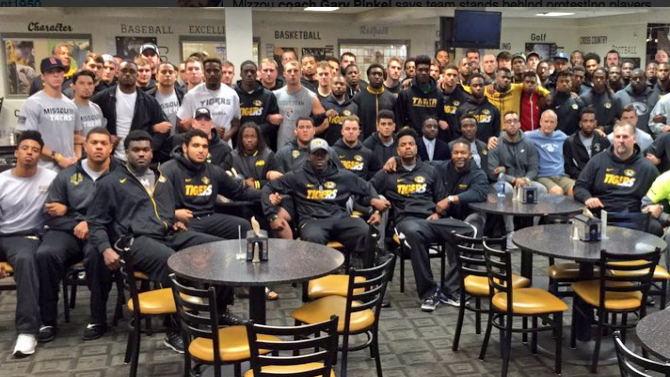
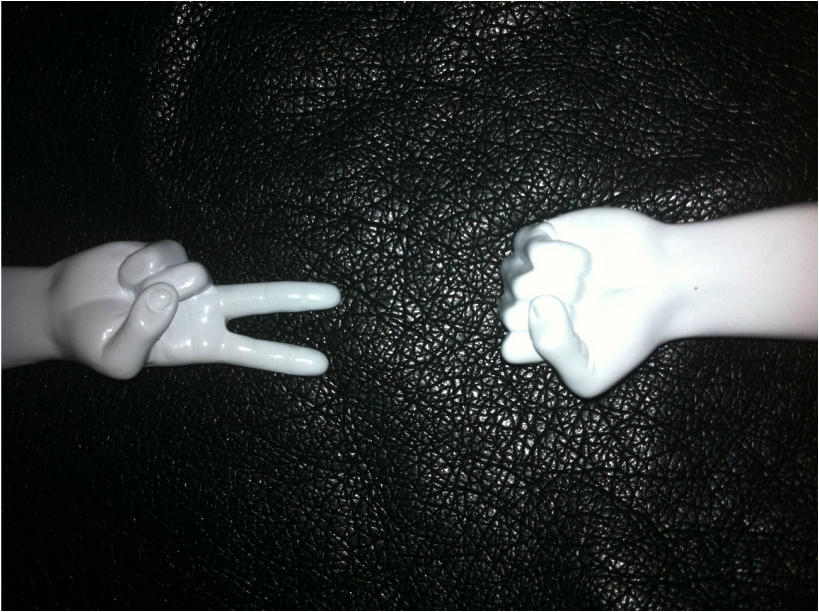
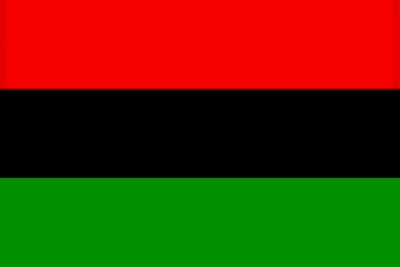
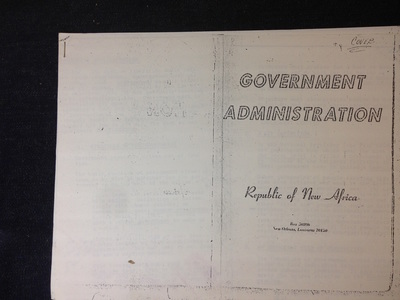

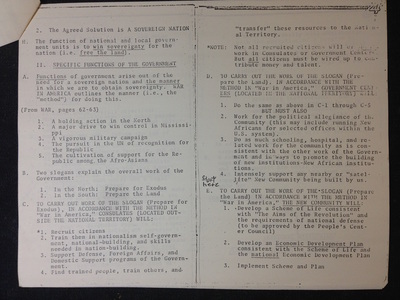
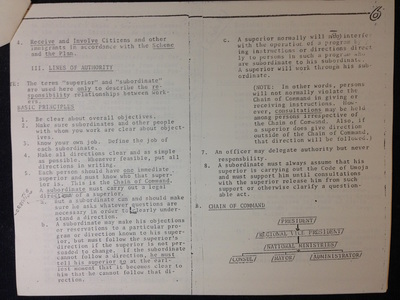
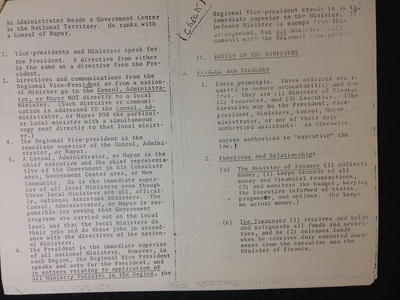

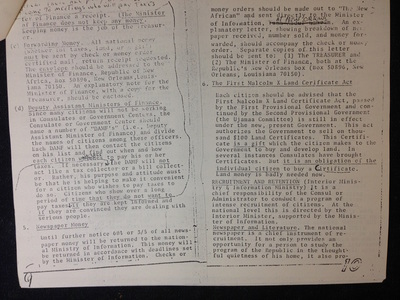
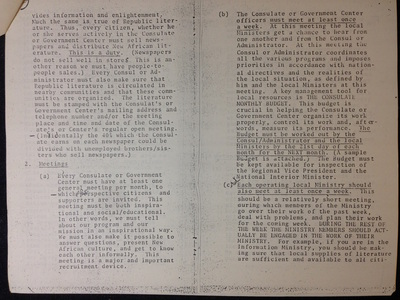
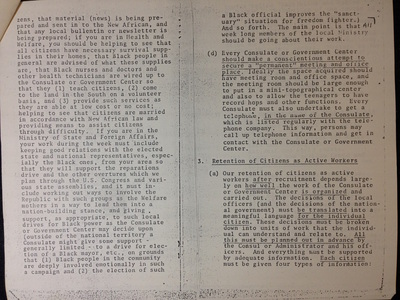
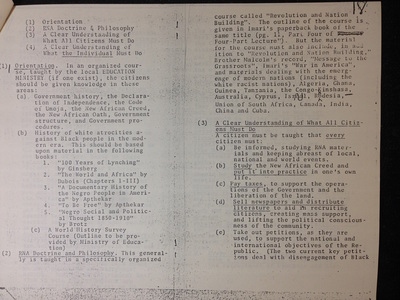
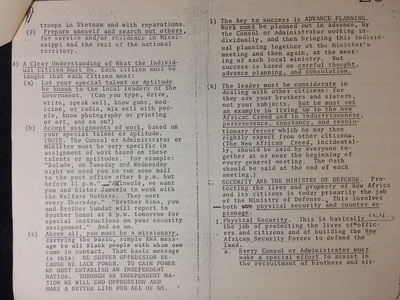
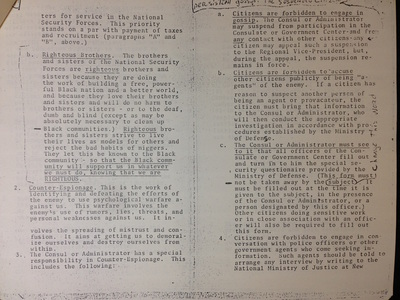
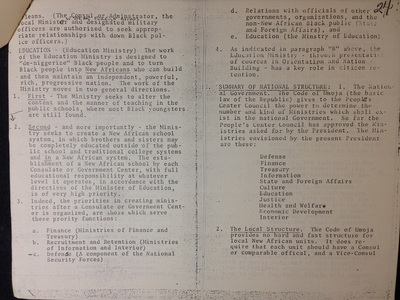
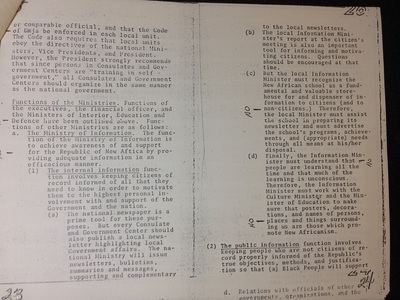
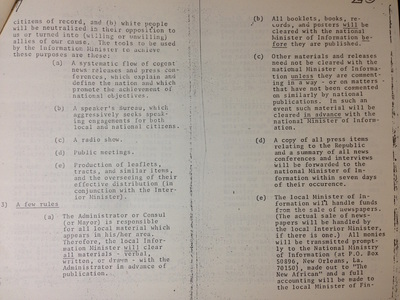
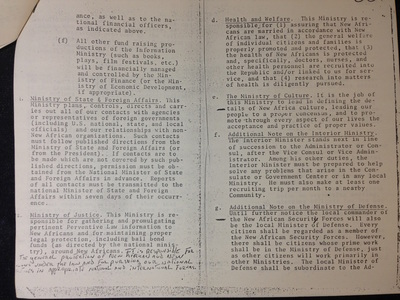
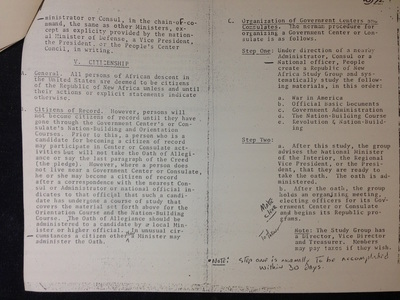
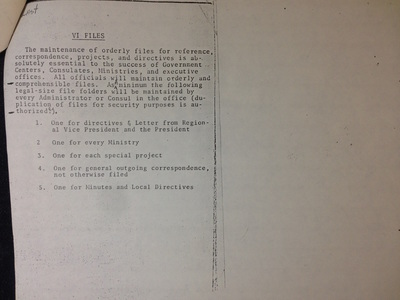
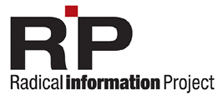
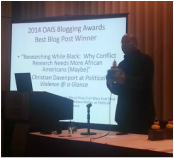
 RSS Feed
RSS Feed
